Essay: Food writing in India during the pandemic
Cookbooks that feature the cuisines of specific religious and ethnic communities, others that present healthy traditional recipes, and those that look at the science behind cooking have all provided much food for thought in the last two years. A look at some of the interesting ones
A variety of food-related books have been published in India since the beginning of the COVID-19 pandemic. Some look at cooking as a science whereas others present it as an art form. The culinary secrets of joint families share space with the gastronomical knowledge of professional chefs. Authors have engaged with the subject of food from numerous angles – health, nutrition, fitness, history, culture and politics.

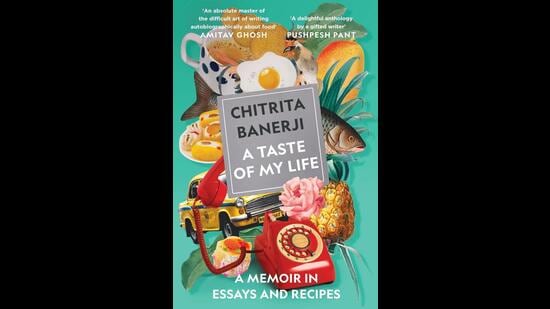
Authors who write about food often weave in stories recollecting happy times spent with loved ones, and traditional wisdom picked up from elders rather than cooking classes. The emotions that are associated with food make people want to eat and serve certain foods repeatedly, while also conveying practical information about time-tested healthy practices.
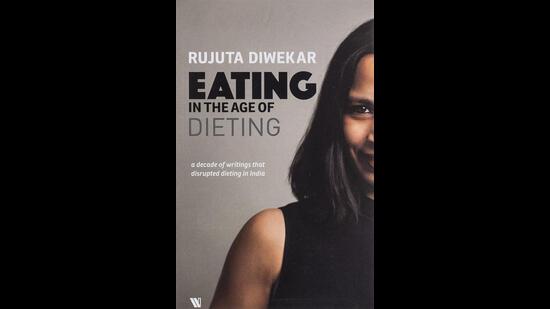
Nutritionist Rujuta Diwekar is a big advocate of eating local, seasonal and traditional foods rather than chasing new diet plans and stocking up on trendy super foods. According to her latest collection of essays, Eating in the Age of Dieting (Westland), several contemporary Indians have given up wisdom “handed down through the generations by the women in our homes” to follow “Western dietary guidelines.” She recommends local foods because they are “nutrient rich” and “climate resilient” apart from supporting small farmers.
Diwekar is not romanticising the unpaid labour of women in patriarchal households, even if that is a tempting assumption for her critics to make. She is, in fact, arguing that we should recognise the value of family recipes, cooking styles, and indigenous knowledge systems, which are often transmitted informally and orally, rather than through recipe books with detailed instructions and photographs. The caretakers of this cultural inheritance have traditionally been women because of the gendered division of labour in many Indian homes.

“I grew up in a large South Asian family surrounded by grandmothers, aunts, a mother and a mother-in-law who were all exceptional cooks. I didn’t need to cook!” writes Dr Uma Naidoo, a nutritional psychiatrist at Harvard Medical School, and author of The Food Mood Connection (Short Books). She learnt to cook in her adult life by channelling memories of her formative years with her grandmother, and she also trained as a chef.
Her book focuses on how “diet can have a profound impact on mental health conditions ranging from ADHD to depression, anxiety, sleep disorders, OCD, dementia and beyond.” It helps readers understand the mind-body connection and alter their eating habits accordingly.
Dr Shubham Pant, oncologist at the MD Anderson Cancer Centre, also writes about how “certain dietary choices and patterns” can help in decreasing the risk of cancer. His book, Food Matters: The Role Your Diet Plays in the Fight Against Cancer (HarperCollins) asks readers to refrain from sticking to a single food group, and to find the right balance of proteins, carbohydrates, minerals and fats. His book also incorporates some easy-to-make recipes contributed by Prasanna Menon, Pushpesh Pant and Anita Jaisinghania.
He writes, “If you eat out, be discerning of the restaurants you choose; avoid the big chains and focus on small mom-and-pop places where you can have more confidence about what they put in their food.” If you are unsure about the ingredients used, he advises you to speak with the servers or the manager to check if your nutritional goals are being adequately met.
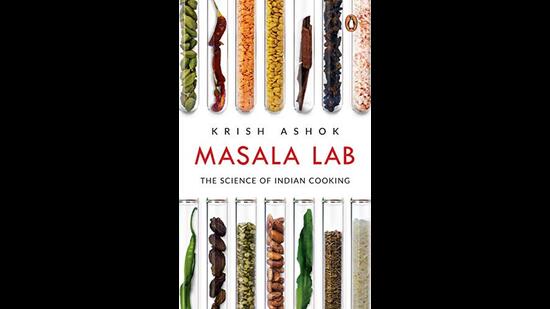
Krish Ashok, a software engineer, learnt to cook from the women in his family, “who can make the perfectly fluffy idli without lecturing people on lactobacilli and pH levels.” His book Masala Lab: The Science of Indian Cooking(Penguin), shows that culinary expertise honed through practice is grounded in scientific principles. This may not be obvious to those who believe that intuition alone is responsible for making things turn out perfectly.
He writes, “There is no dearth of hey-look-our-ancient-tradition-is-now-science chest-thumping on social media, but what is missing is any serious attempt at actually documenting these culinary practices as part of a practical engineering playbook, outside of the cultural, historical and spiritual contexts.” He believes much can be gained from learning about rice to water absorption ratios, chemical reactions, and the effect of temperature and pressure on the various ingredients that people use in their cooking.
The assumption that traditions are frozen is flawed. People reinvent what they receive. Writer-translator Indranee Ghosh, who spent her childhood in Shillong and later moved to Calcutta, fuses elements of Bengali and Khasi cuisine. Her children grew up calling it amader barir ranna (our family cuisine). Her recipes appear in Spiced, Smoked, Pickled, Preserved: Recipes and Reminiscences from India’s Eastern Hills (Hachette India).
In the foreword, her daughter Rohinee Ghosh, who works in New Delhi, writes, “Ma has taught me, long distance, how to cook quickly and creatively. At first, I made pish-pash, dal, soup and some of her interesting sandwiches, later graduating to full meals. This took a couple of months or so, but by then I had got the hang of cooking, which was invaluable to my digestive system in my early twenties – and for the rest of my life.” This would sound like a familiar story to hostel students and young professionals in various parts of India.

The idea of food as a cultural inheritance takes on a special meaning in The 1 Shanthiroad Cookbook, which has been edited by art historian Suresh Jayaram and published by Reliable Copy. Here the line of transmission does not focus on keeping things in the family. This book expands the idea of family beyond reproduction and matrimony. 1 Shanthiroad is an art gallery as well as community space in Bangalore. The book includes recipes and personal notes from several people who have been associated with this institution over the years.
Though the book has a structure in place to ensure consistency, it also makes an attempt to retain the idiosyncratic spirit of each contribution. The names of ingredients are in three different languages — English, Hindi and Kannada — and there is also a glossary at the end for people who want to look up unfamiliar words. In his foreword, the editor writes, “Food is a lubricant that makes things move and sustains 1 Shanthiroad as a growing community of people. It brings us together and sparks conversations among different cultures.”

Desi Delicacies: Food Writing from Muslim South Asia, edited by Claire Chambers (Picador India), is another book that emphasizes bonds forged through food. The first part contains essays, followed by recipes. The second part contains stories and recipes. The editor, a Professor of Global Literature at the University of York, has included contributions from India, Pakistan and Bangladesh.
Corresponding with the writer of this piece over email, she says, “I think that literature and food both play a central role in building understanding, warmth and friendship at a time when those qualities are often in short supply. Words matter and have power, while food is an essential no one can do without. Both gain dimensions and build bridges when shared.”
Chambers sees writing as an endeavour involving “the creation of an imaginary world.” She says, “When under-represented groups see themselves reflected in books, on TV, in restaurants and at street stalls, it bespeaks their value and recognition by wider society.”
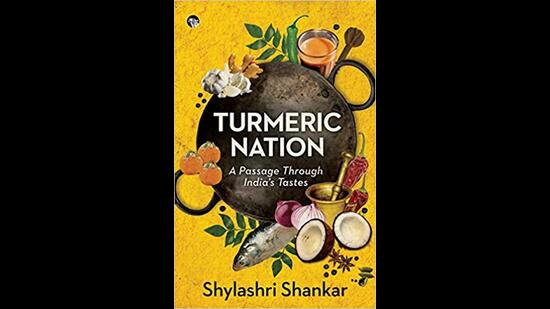
Though food can bring people together, it can also divide on the basis of religion and caste. Shylashri Shankar, a senior fellow at the Centre for Policy Research in Delhi, explores this in her book Turmeric Nation: A Passage Through India’s Tastes (Speaking Tiger).
Her essay on Dalit foods captures “the horrifying extent of social control over what Dalits could afford to eat.” According to her, food not only marks hierarchical relations within Hindu castes but it also “draws lines between Hindus, Muslims, Christians, Jains and Buddhists.”
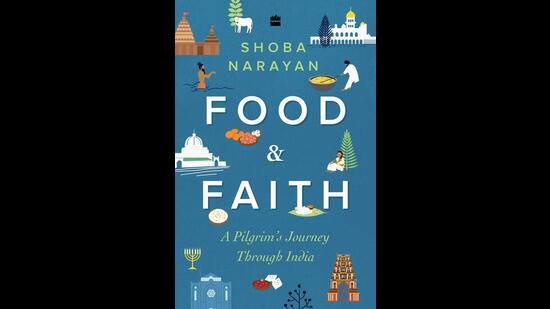
The connection between food and religion is more deeply explored in Shoba Narayan’s Food and Faith: A Pilgrim’s Journey Through India (HarperCollins). She takes readers on a food trail covering places of prayer and worship spread out across Palani, Goa, Amritsar, Kashi, Jaipur, Udupi, Madurai, Ajmer, Puri, Patan, and Mathura. “While a few other faiths make cameo appearances, this is largely a book on Hinduism,” she writes. A food book that bears witness to the diverse faiths that thrive in India is waiting to be written.
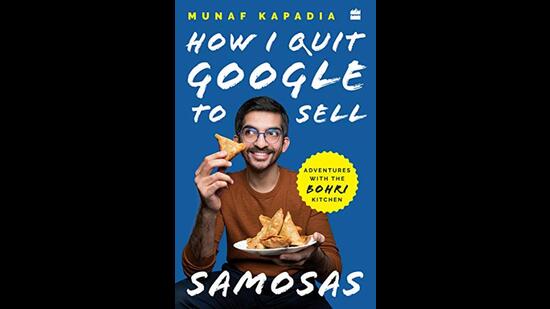
Munaf Kapadia’s How I Quit Google to Sell Samosas (HarperCollins) throws light on the cuisine and culture of Bohri Muslims. The author is the co-founder of a venture called The Bohri Kitchen, which started as a weekend pop-up in his house – supported by his parents – and eventually became a food and beverage start-up doing food deliveries as well as catering for parties. Kapadia has co-authored the book with his wife Zahabia Rajkotwala.

In addition, we also have Esther David’s Bene Appétit: The Cuisine of Indian Jews (HarperCollins), which highlights recipes from Jewish communities in Kerala, Maharashtra, Gujarat, West Bengal, Andhra Pradesh, Manipur and Mirozam. The author writes, “When a community decreases in number, its traditional food becomes a memory.”
When Jews came to India to escape persecution, they invented a cuisine using local ingredients but in keeping with their dietary laws. Kosher wine was not easily available, so it was substituted with homemade grape sherbet. Challah bread was replaced with chapati.
Human beings seem exceedingly adaptable when it comes to matters of food. It gives us not only nourishment but also a sense of identity. It is a thread that connects us to our ancestors.
Chintan Girish Modi is an independent journalist and book reviewer.
The views expressed are personal
All Access.
One Subscription.
Get 360° coverage—from daily headlines
to 100 year archives.



HT App & Website






